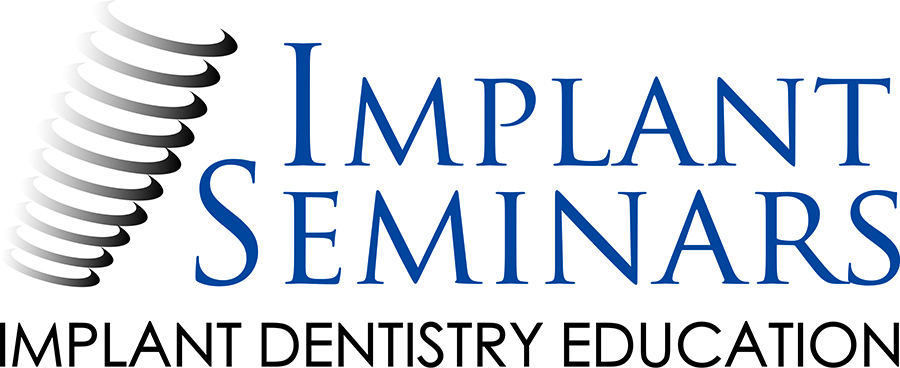Like a collection of drug-resistant bacteria living in a continent-sized Petri dish, every few months, it seems, the American public needs a booster shot of emotional reassurance that, yes, the economy really is turning a corner.
Yet a few weeks ago the winds of doubt were again blowing at gale force strength thanks to a March jobs report that was, frankly, miserable. Politically correct phrases like “missed the mark” or “failed to impress” don’t do the report justice. And a recent downward revision in the number of jobs created — 85,000 — made March the single worst month for jobs growth since January 2011. Though many economists cautioned March was only a winter blues blip, more data was needed to squelch newfound worry.
Then there was April — a no-fools rebuke.
According to the Labor Department, the US economy added 223,000 jobs last month, which was a touch better than economists interviewed by CNN had predicted. Better still, the unemployment rate fell to 5.4 percent, the lowest since May 2008. Encouragingly, professional and business services were particularly healthy with 62,000 jobs created and another 45,000 added in health care.
Dental Professionals in a Smiling Mood
But to someone in the dental profession, much of this good news comes as a giant “I told you so.” For years now, dentists, dental assistants, office staff and hygienists, have been quietly earning their keep, even as the national economy languished in first gear. For millions of Americans craving a more reliable, longer lasting “back in business” feeling than finicky monthly jobs reports provide, our profession ranks as among the most robust.
Dentistry succeeds on many levels. In fact, the labor department estimates a 25 percent growth rate from 2012-2022 for dental assistants alone. And in its annual listing of 100 Best Jobs, U.S. News & World Report ranked dental assistants number 67.
Actual dentists, believe it or not, came in at number 1. Number one! And of the top five jobs, four were in the medical profession, including dental hygienists. On average dentists enjoy one of the lowest unemployment rates in the country and are projected to have a 2012-2022 growth rate of 16 percent. Add to that high income, (median income is $146,340) training that’s a mix of practical and technical skills, manageable stress levels, and an agreeable work-life balance that permits an hours flexibility rare in other medical disciplines, and it’s easy to see why it’s such a great field.
The trouble is, not enough people know this good news. Many, I suspect, are turned off by the prospect of a lengthy and expensive education and the need to take out loans. Perhaps they even harbor a latent fear of going to the dentist, preventing them from becoming what they fear.
More so than even the traditional reasons noted above, dentistry’s better days are now and its best days lie ahead. Technology is one of the key drivers of that success. From billing and patient management software that’s finally heralding the paperless office (the paperless office was predicted to arrive around 1995 — in 1975) to the latest digital imaging and in-office prosthetic milling technologies, dentists and dental professionals can do more in less time than they ever dreamed possible. And new challenges and new cases mean new opportunities for exciting surgery, especially when it comes to implants. Thanks to reduced costs and high success rates, dental implants are increasingly common and the procedure is an ideal skill set to add to your practice.
The Golden Age of Dentistry is Here
The energy you and your fellow dentists feel will immediately be transferred to the practice itself. This is an aspect of effective modern dentistry I address in my marketing and communications book, “Implant Excellence Five Steps to Dental Implant Practice Growth,” a 300-page hardcover now in its second addition. It’s essential that you market your dental practice as a place that’s inviting to work, that rewards hard work, and cultivates a sense that your practice “is going places” and that there’s room for individual growth. Take the time to provide training to your staff, communicate your needs clearly, and strive to be an advisor, as much as a supervisor.
With a little time and planning, all of this can be achieved. Above all it’s important to remember that external marketing begins with soft, internal marketing first. A happy staff, whose self worth is recognized and appreciated makes for A-list brand ambassadors. Once internal communication has been addressed, you’re ready to expand.
Jobs reports will come and go and jobs themselves will fall into and out of favor. But the health of our teeth aren’t negotiable. Too much neglect and problems mount. Ultimately, patients will come. But a lot more will come through your doors if you bring the right team together, demonstrating to them the value of the profession they’ve chosen.
So if April’s employment numbers have you thinking economic spring, consider this article a reminder that the dental profession outlook is equally bright.
